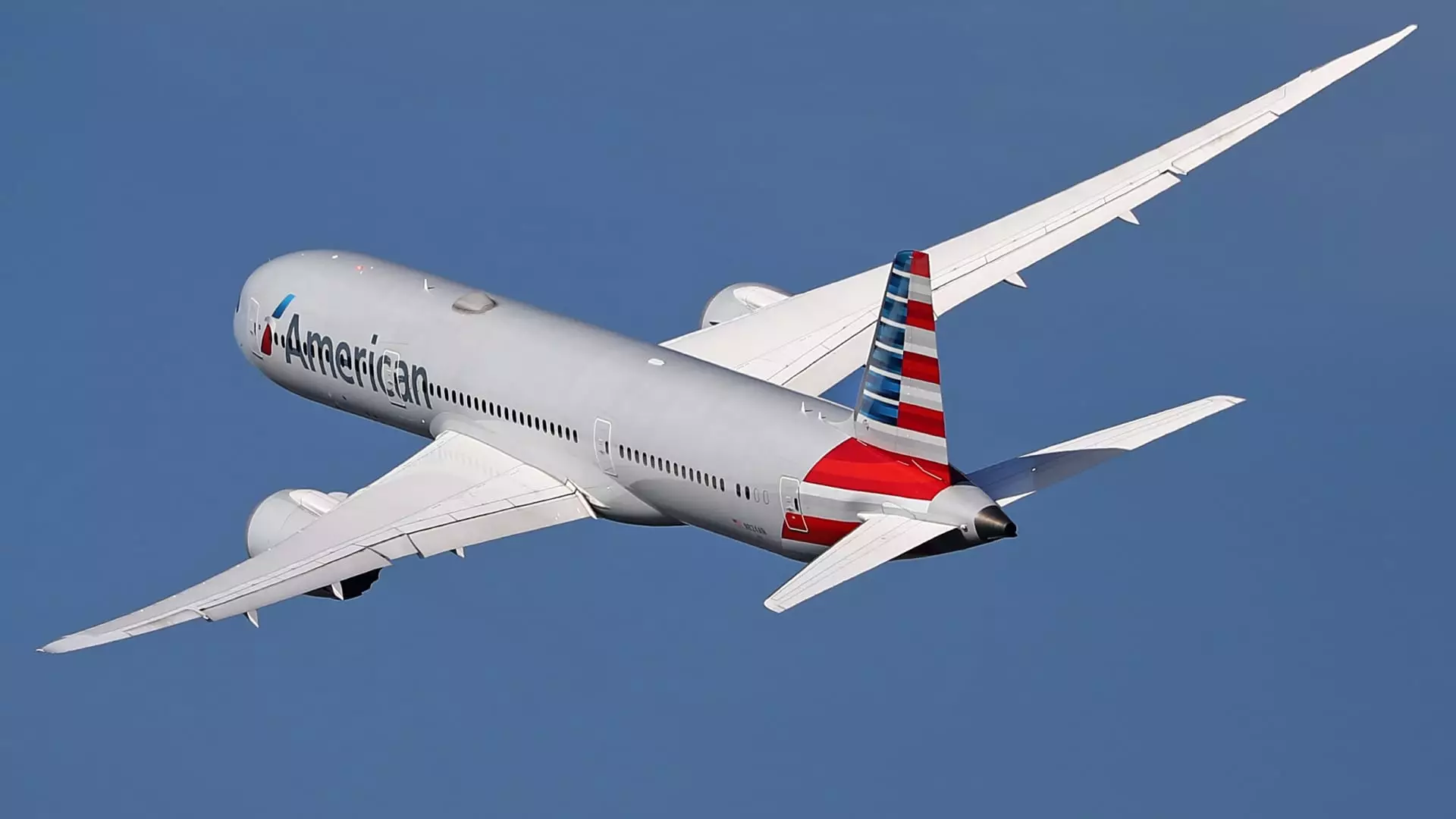In the latest quarterly financial summary, American Airlines showed mixed results, reporting a net loss of $149 million for the third quarter. Despite these losses, the airline’s leadership, particularly CEO Robert Isom, announced a noteworthy upward revision of their profit expectations for the remainder of the fiscal year. The airline anticipates an earnings range of 25 to 50 cents per share for the upcoming fourth quarter, which surpasses analyst projections set at 29 cents per share as per LSEG. The broader outlook for the entirety of the year has similarly improved, with forecasts of adjusted earnings reaching up to $1.60 per share, exceeding earlier guidance of a maximum of $1.30.
This significant change in forecast can largely be attributed to American Airlines’ strategic pivot initiated in May, prompting a shake-up in its sales leadership. This shift came in response to a previous strategy that aimed at bolstering direct bookings but ultimately fell short of expectations, necessitating a more traditional approach to reconnecting with its business clientele. Isom’s remarks suggest a focused effort to mend relationships with corporate travelers and travel agencies, indicating a belief that rebuilding the commercial strategy’s foundation will yield better revenue outcomes moving forward.
On the surface, the airline reported a modest revenue increase of 1.2% year-over-year, totaling a record $13.65 billion for the quarter ending September 30. This figure marginally outperformed analyst expectations of $13.49 billion. However, the pressure on unit revenue, which experienced a 2% decline, highlights ongoing challenges in the competitive aviation market. Anticipating further difficulties, American Airlines estimates that unit revenue for the fourth quarter will reflect a decline ranging from 1% to 3% compared to last year, even as overall capacity is projected to rise.
As American Airlines moves forward, the balance between managing costs and maximizing revenues remains delicate. The adjustments to their strategy, designed to foster greater collaboration with travel entities and regain lost ground in business travel, are critical. Isom has expressed optimism about the positive feedback from both agencies and corporate clients, which could pave the way for improved financial health.
In the broader context, the airline industry continues to grapple with fluctuating demand, rising operational costs, and external economic pressures. American will need to stay agile, maintaining a keen eye on both market dynamics and consumer preferences, as they embark on this renewed strategic direction. Overall, while the immediate past quarter reflects a series of challenges, the adjusted profit expectations offer a glimmer of hope for recovery and growth in the near future.

